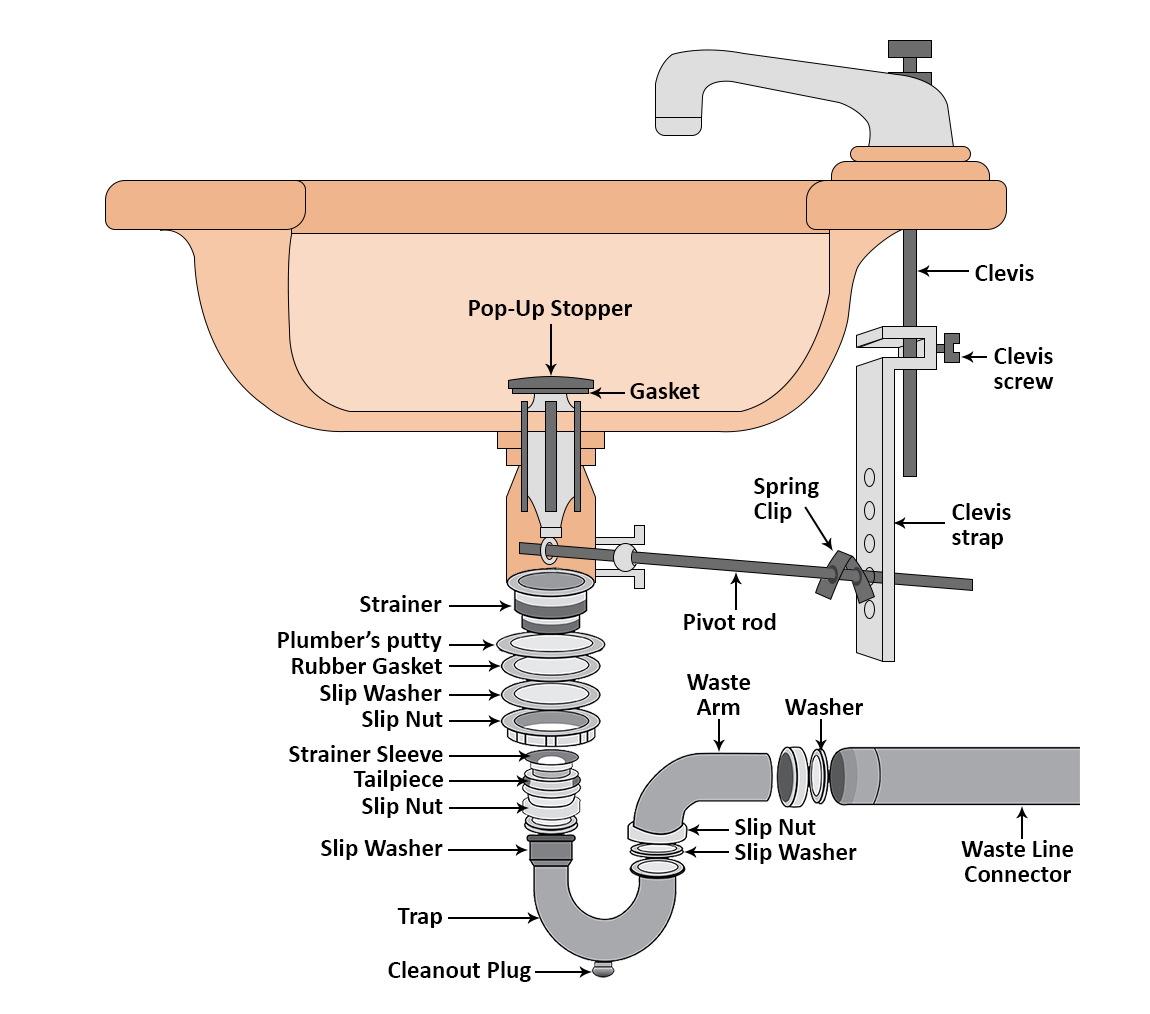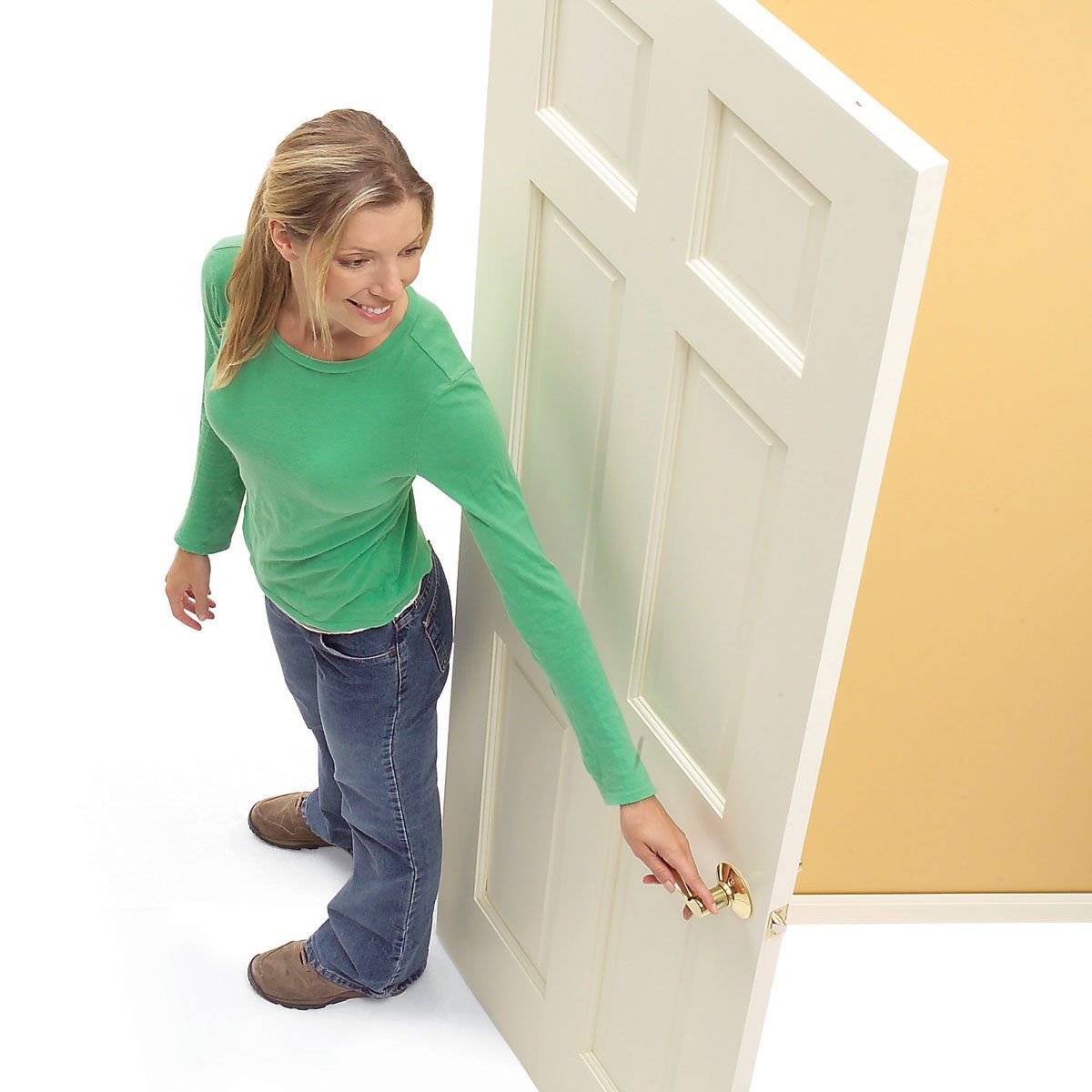Safety Concerns and Potential Dangers

Placing a hand under a bathroom door, especially for a child, presents several safety concerns and potential dangers. It’s crucial to understand these risks to ensure the well-being of children.
Reasons for Placing a Hand Under a Bathroom Door
Children often place their hands under bathroom doors due to curiosity or a desire to interact with someone inside. They may want to see what’s happening, peek at someone, or simply touch the door. However, this seemingly harmless act can lead to dangerous situations.
Potential Dangers and Scenarios
- Accidental Locking: A child’s hand could accidentally trigger the door latch, locking them out or trapping them inside the bathroom. This can cause panic and distress, especially if the child is alone.
- Choking Hazards: The space under the bathroom door might contain objects that could pose a choking hazard, such as small toys, loose buttons, or even strands of hair. A child’s hand could inadvertently pick up these objects and put them in their mouth.
- Exposure to Harmful Substances: Bathrooms often contain cleaning products, medications, or other potentially harmful substances that could be accessible under the door. A child’s hand could come into contact with these substances, leading to skin irritation, poisoning, or other health issues.
- Injury from the Door: The door itself can be a source of injury. A child’s hand could be caught in the door’s hinge or closing mechanism, causing bruising, cuts, or even broken bones.
Child Development and Behavior: Kid Hand Under Bathroom Door

Children’s behavior is often driven by their developmental stage, which influences their understanding of the world and their interactions with it. This section explores how children’s curiosity and exploration instincts might lead them to investigate a bathroom door, and the importance of teaching them about safety and boundaries around bathrooms.
Understanding Children’s Curiosity and Exploration
Children are naturally curious and eager to explore their surroundings. This innate drive fuels their desire to learn and understand the world around them. For young children, everything is new and exciting, and they often investigate objects and situations with little understanding of potential risks. This can lead them to explore spaces like bathrooms, which might seem mysterious and intriguing.
The Importance of Safety and Boundaries
Teaching children about safety and boundaries around bathrooms is crucial for their well-being. This includes explaining the importance of privacy and respecting others’ personal space. Children should be taught that bathrooms are private spaces and that they should not enter without permission.
Strategies for Addressing Curiosity and Encouraging Safe Behavior
Parents and caregivers can play a significant role in addressing children’s curiosity and encouraging safe behavior.
- Open Communication: Encourage open communication about bathroom safety and boundaries. Explain to children why it’s important to respect privacy and avoid entering bathrooms without permission. Use age-appropriate language and examples to make the concept clear.
- Positive Reinforcement: Praise and reward children when they demonstrate understanding and respect for bathroom boundaries. This reinforces positive behavior and encourages them to continue making safe choices.
- Supervision: Supervise young children when they are near bathrooms, especially when they are exploring or playing. This can help prevent accidents and ensure their safety.
- Age-Appropriate Explanations: Tailor explanations about bathroom safety and boundaries to the child’s age and understanding. For younger children, use simple language and visuals. For older children, provide more detailed explanations and discuss the importance of privacy and respect.
- Role-Playing: Use role-playing scenarios to help children understand bathroom safety and boundaries. This can involve acting out situations where a child might want to enter a bathroom without permission and discussing the appropriate response.
Parental Guidance and Prevention

Preventing children from placing their hands under bathroom doors is crucial for their safety and well-being. This behavior can lead to potential injuries, and it’s important for parents to take proactive measures to address this issue.
Securing Bathroom Doors, Kid hand under bathroom door
Securing bathroom doors is a fundamental step in preventing children from accessing potentially dangerous areas. This involves installing and maintaining secure door locks and latches.
- Install door locks with a secure latch mechanism: Ensure the latch is strong and engages properly with the door frame, making it difficult for children to open the door. This can include using deadbolt locks, lever handles with locking mechanisms, or childproof door knobs.
- Regularly inspect door locks and latches: Check for any signs of wear and tear, loose screws, or malfunctioning mechanisms. Ensure the locks are functioning properly and can withstand attempts to open them.
- Consider using door stops or wedges: These can prevent the door from fully closing, making it more difficult for children to reach under the door.
Creating a Safe Environment
Creating a safe environment for children is paramount. This involves making the bathroom less enticing for exploration and providing alternative activities that keep them engaged.
- Store cleaning supplies and medications securely: Keep all hazardous materials out of reach and in locked cabinets or containers. This prevents children from accessing them and potentially causing harm.
- Supervise children closely in the bathroom: Never leave young children unsupervised in the bathroom, especially if there is a potential for them to reach under the door.
- Provide age-appropriate toys and activities: Offer children engaging activities that keep them occupied and away from potentially dangerous areas. This could include books, puzzles, drawing supplies, or age-appropriate games.
Communication and Setting Clear Rules
Open communication and clear rules are essential for teaching children about safety and appropriate behavior.
- Explain the dangers of placing hands under doors: Talk to children about the potential risks associated with reaching under doors, such as getting pinched, trapped, or injured by objects. Use age-appropriate language and illustrations to explain the concepts clearly.
- Set clear rules and boundaries: Establish clear rules about bathroom usage and safety, including not reaching under the door or entering the bathroom without permission. Be consistent with these rules and enforce them firmly.
- Use positive reinforcement: Reward children for following safety rules and engaging in appropriate activities. This encourages positive behavior and strengthens their understanding of safety guidelines.
Age-Appropriate Activities
Engaging children in age-appropriate activities can keep them occupied and prevent them from exploring potentially dangerous areas.
- Toddlers: Provide age-appropriate toys, such as stacking blocks, soft balls, or musical instruments. Encourage them to participate in simple games like hide-and-seek or peek-a-boo.
- Preschoolers: Engage them in creative activities like drawing, painting, or coloring. Encourage storytelling, reading, or playing with puzzles.
- School-aged children: Provide them with age-appropriate books, board games, or puzzles. Encourage them to participate in sports or outdoor activities.
Kid hand under bathroom door – A tiny hand, reaching beneath the bathroom door, a silent plea for a forgotten toy or a whispered secret. Perhaps a touch of organization is needed, a haven for clutter, a place for treasures to reside. A 2 door bathroom vanity might just be the answer, offering ample space to keep the little hands occupied and the bathroom serene, leaving the door open for laughter and playful whispers.
A small hand reaches under the bathroom door, a silent plea for entry. Perhaps a forgotten towel, a whispered request for a bedtime story. But narrow double doors, like those found in modern bathroom designs , might offer a different challenge.
The gap is smaller, the allure of the unknown intensified. A gentle knock, a soft voice, and the door creaks open, revealing the world beyond, a world where imagination and reality intertwine.